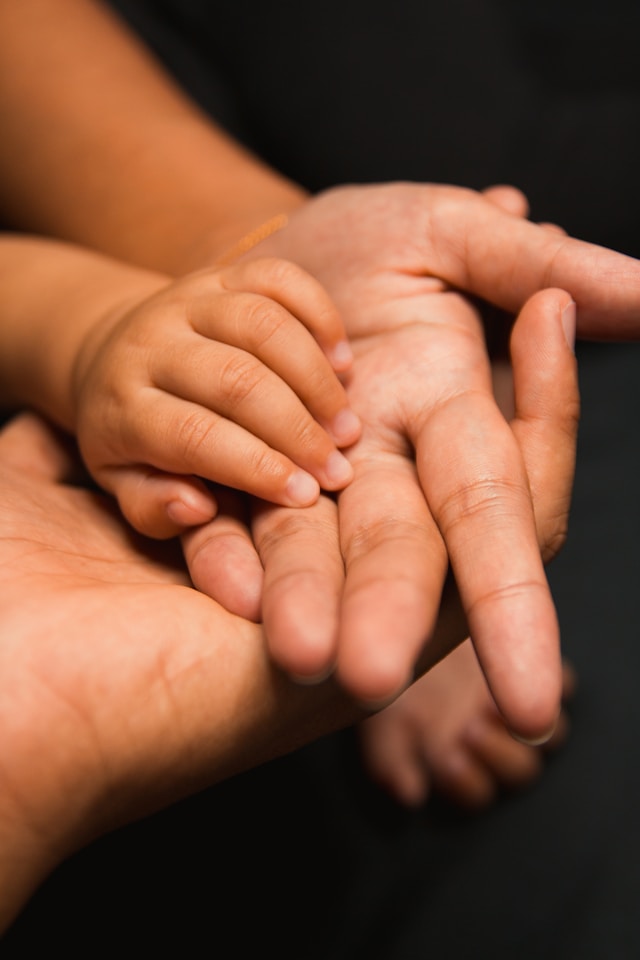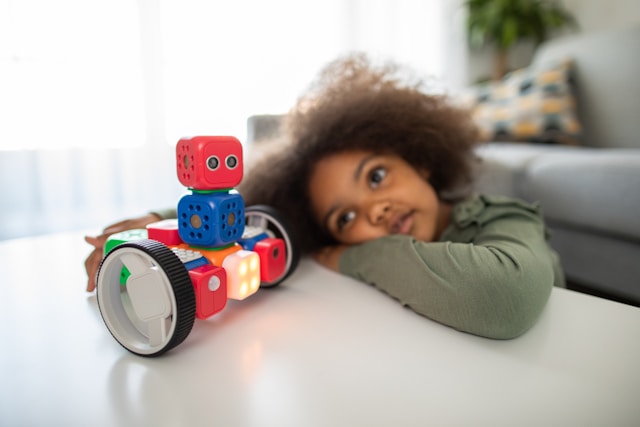Kids Jumping is not really bad. But is it in a safe place?
Kids jump because they want to release excess energy in their systems. It could also be that they are excited about something. Jumping is not necessarily a bad thing. Just like climbing, it is a sign that your child is developing their motor and muscular skills. Child’s Hospital of Philadephia lists jumping as an essential motor coordination developmental milestone that your child is supposed to hit. Medline plus says that your kid should be able to jump when they are three years.
So it would be best if you did not worry when it is done in moderation. Too much, though, could be an indicator that your child is seeking proprioceptive sensory input. This is what is called autistic jumping.
Autistic children are highly likely to jump up and down as a fidgeting sign or need some proprioceptive input.
Pediatric Pyschologist Elizabeth Puliam of Arkansas Children’s Hospital says that parents should try out behaviour training where you explicitly say:
No jumping. And lay the child on their back. Calmly repeat this everytime the behaviour shows up. With consistency, you can reduce the unwanted behaviour.
Pediatric Psychologist Elizabeth Puliam

Well, but what if this does not work. Lets explore alternatives.
Safe alternatives to too much autistic jumping by your child
You can transfer this jumping energy by getting them an alternative way to do their jumping. Rather than show stimming behaviors where they are jumping on beds and couches, which might turn out to be dangerous, ask your child to jump on a trampoline.
- Trampolining
A trampoline is way safer than your couch since there is no risk of breaking anything. At the same time, if you have a safety bar and net, falls could be prevented instead of jumping on the couches that have risks written all through.
In her book titled Therapeutic Trampolining for Children and Young People with Special Educational Needs, author and SEND consultant Ange Anderson shows that trampolines improve balance and body coordination. It offers support to the lymphatic and cardiovascular systems of special needs children while at the same time fostering communication in nonverbal autistic children.
According to Monique Vescia, the author of Extreme trampoline, Nissen, the modern trampoline designer, found out that the rebounder helps improve core strength. A 2016 study done by the American Council on Exercise found out that the trampoline builds body endurance without you getting as tired as you would if you were running.
Rebound therapy for special needs children helps them learn more effectively since autistic children have been found to learn better when intellectual knowledge is fused with physical actions.
According to the American Academy of Pediatricians, kids below 6 years should not be trampolining as it is unsafe. But I tend to disagree with them. If done with the right safety tactics, trampolining is as good as running.
One rebuttal Facebook post that I really liked about why trampolines should be seen as safe had this
Roads are not safe yet we use them. Trampolines though not really safe can also be used.
FACEBOOK POST
Safe trampolining for autistic kids
- It would help if you placed the sensory rebounder on level ground and it should not be more than 20 inches high
- Have a safety net around the trampoline
- The trampoline should have a safety bar where the kid holds onto as they jump
- Only one child is allowed to jump on the trampoline at a time
- No extreme gymnastics are to be done. You can however look through these recommended trampoline activities for autism.
- There should always be an adult supervising the trampolining kids
Other than trampolining, you could also get them involved in other activities such as:
2. Playing ball
As they kick the ball, the child is using up the excess energy and learning new things. They will learn what a ball is and you could even ask them to say it as they kick it. You could also tell them ‘kick ball’ to associate the action with the words.
3. Running
Running is an excellent exercise to get your kids to use up their excess energy. You could have fun as a whole family running and competing to see who wins. Your autistic child will find it enjoyable and ask you to run the next time you are idle in the house.
4. Climbing on holds
Climbing is another way to give proprioceptive input to your autistic child. Rather than climb on trees, chairs and other house furniture, it would be wise to have climbing holds installed on the house walls so that the child can climb on them. The exercise will improve their motor skills, balance as well as help them spend excess energy.
5. Skipping ropes

Skipping rope involves jumping. All you need to get your child is a skipping rope, show them how to do it rhythmically and watch them perfect it.
6. Jogging
Just like running or trampolining, jogging is an excellent cardiovascular exercise that gets your child to have their heart racing. They will also get tired and rest when they are done jogging. You could incorporate jogging into the family exercise timetable so that your autistic child enjoys seeing everyone in the family doing it.
7. Have a walk
You could have a walk with the entire family. Your special needs kid is going to enjoy seeing new things while at the same time exercising.
Wrap up on how to stop your autistic kid from jumping
Jumping is not bad for your autistic child. It helps them exercise, use up any built-up energy as well flex their muscles. The University of Western Australia knows very well the importance of jumping that they even guide how to train kindergarten kids to jump.
Jumping can, however, be dangerous or even annoying when your child does it repetitively. We have seen some other activities such as rebound therapy, running, jogging, taking a walk, playing ball, or climbing holds that you could get your child doing instead of jumping.


